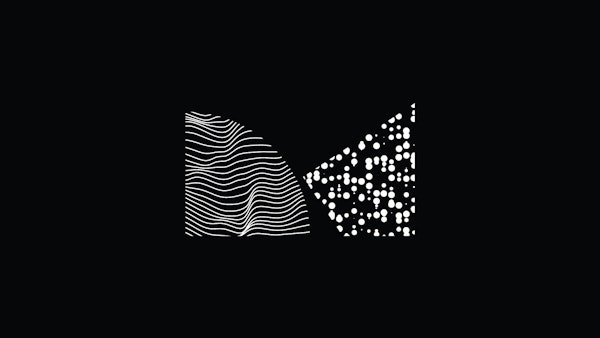
Erwin Fabian
Born in Berlin in 1915, Erwin Fabian, son of renowned painter Max Fabian, trained at the School of Applied Arts in Berlin. During World War II, Fabian was arrested as an ‘enemy alien’ and deported to Australia. He was interned for two years at camps in Hay, Orange and Tatura and following his release in 1942 he joined the Australian Army and served until the end of the war. Fabian then returned to London where he worked as a graphic designer and lecturer at the London School of Printing. He settled in Melbourne in 1962, where he continued to make work until his death in January 2020 at the age of 104.
Until the 1960s, Fabian’s practice focused on works on paper. Following his return to Melbourne in 1962, he began to incorporate abstract sculpture into his practice, working mainly with steel, and later experimenting with discarded plastics and bronze casting. Heavily influenced by abstract expressionism, Fabian’s sculptural practice was typified by the assemblage and transformation of industrial and agricultural machinery. Using found and discarded materials and machinery parts, often salvaged from metal scrapyards, Fabian not only acknowledges the past lives of his chosen objects and materials but embraces their worn aesthetic, accentuating their character.

